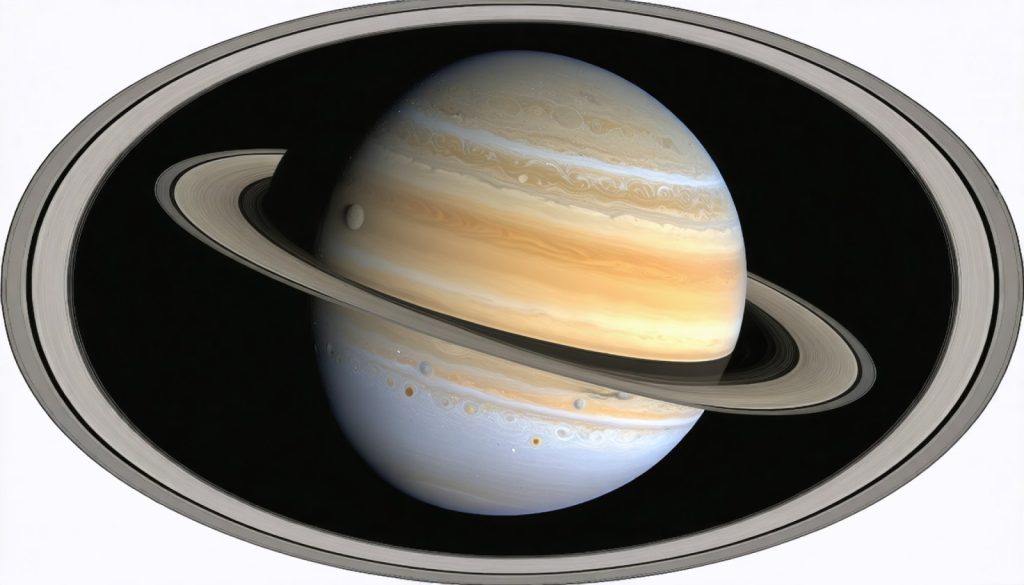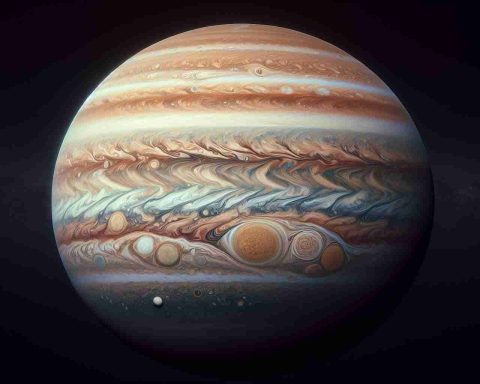Exoplanets - Page 15
Exoplanets, or extrasolar planets, are planets that exist outside of our solar system, orbiting stars other than the Sun. They can vary widely in size, composition, and distance from their respective stars. Exoplanets are categorized into different types based on their characteristics, such as gas giants, rocky planets, and ice giants. The study of exoplanets is a significant aspect of astronomy and astrobiology, as it helps scientists understand the formation and evolution of planetary systems, as well as the potential for life beyond Earth. The detection of exoplanets typically involves methods such as the transit method, where the dimming of a star's light is observed as a planet passes in front of it, and the radial velocity method, which measures the gravitational effects of a planet on its star. Since the first confirmed discovery in the 1990s, thousands of exoplanets have been identified, fueling interest in the search for Earth-like conditions and life in other parts of the universe.

















